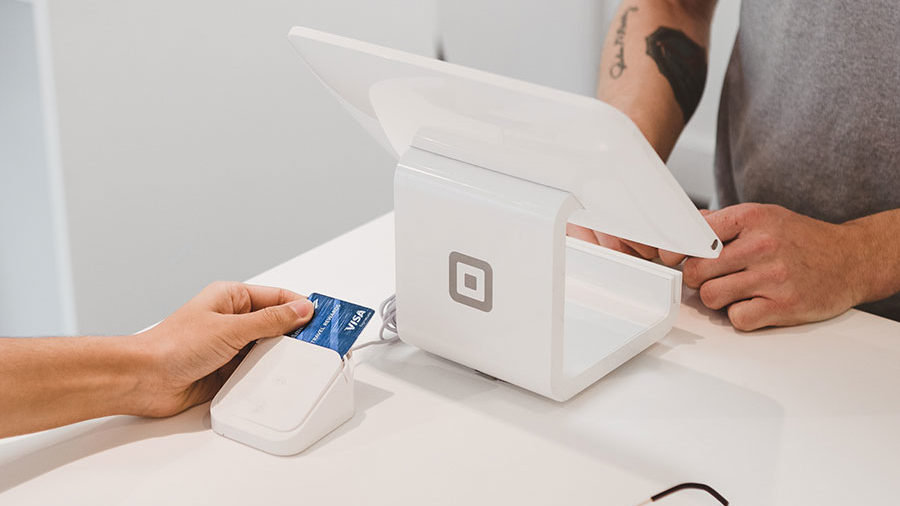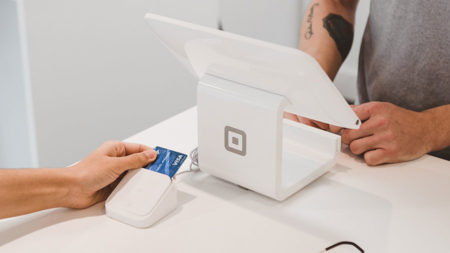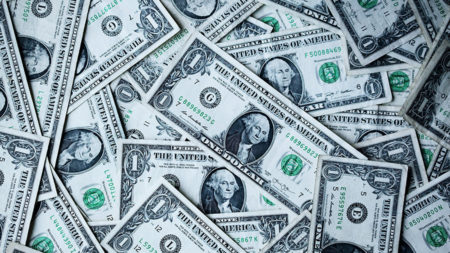Credit cards often have a negative connotation, but they’re not all bad. With planning and research, you can find the right credit card for your needs.

Credit cards aren’t created equal—that is, different cards suit different needs.
What may be your friend or sibling’s favorite card won’t necessarily be yours, and for good reason. Our financial situations are unique, and as such, there is no one-size-fits-all card.
That said, it’s important to choose the “right” credit card because it could potentially save you hundreds in the long run.
How so?
A card with a reasonable interest rate or benefits that match your spending habits will do more for your wallet than one that has an exorbitant interest rate or rewards that are irrelevant to your lifestyle. With that in mind, it’s important that you learn how to choose the right credit card for you.
Table of Contents
Know the terms.
First things first: you need to be familiar with credit card terminology before you can knowledgeably decide on the perfect card for you.
- Annual fee: Some—not all—credit card companies charge a one-time fee per year for being able to use their card. This fee can range anywhere from $25 to over thousands of dollars, though more expensive fees generally come with more “luxurious” benefits.
- Annual percentage rate (APR): A higher APR means that you’ll pay more in interest if you carry a balance on your credit card.
- Balance transfer: This is the process of transferring one card’s debt to another card, a useful tactic if one card has a lower interest rate than the other. Beware, though: a balance transfer typically comes with a fee.
- Credit limit: A credit limit is the maximum amount of money that you can borrow from a credit card company in a month. This limit is determined based on factors like your credit score, income, and payment history.
- Grace period: This refers to the period of time you’re able to pay your credit card bill without having to pay interest on the new balance, or what you owe. In other words, it’s the period of time between the end of your credit card’s billing cycle and its payment due date.
Assess your credit needs and spending habits.
Developing a grasp of your spending habits can make the decision process easier by identifying your credit priorities and how exactly you’ll use your card.
Consider:
- Are you looking to improve your credit?
- Will you carry a balance from month to month?
- Is there an expense category you consistently spend more on?
- Will you transfer balances?
- How often do you plan on using this card—for most purchases or only emergencies?
- Will you use this card overseas?
For instance, if you travel overseas frequently, it may be in your best interest to get a card with no foreign transaction fee. Or, if you don’t plan on using a credit card too frequently, you should probably avoid cards with hefty annual fees.
Do your research.
Once you’re well-acquainted with credit card terminology and your credit needs, get started comparing credit cards. There’s a world of credit cards out there, so you shouldn’t settle on the first deal you receive in the mail. Remember your credit priorities and spending habits as you browse available offers.
To compare cards more easily, try one or a few of the following resources:
See more than one appealing card?
Even if several appear to be a good fit, avoid applying for multiple credit cards at once.
Easy as it may be to fill out a credit card application, each submitted application will lead to a hard inquiry on your credit report. This will almost always negatively impact your credit score by five (or fewer) points. Though this doesn’t sound like a tremendous amount, the effect lasts quite a while—hard inquiries stay on your credit report for two years.
Find your desired rewards.
Credit card rewards come in different forms—generally cash back or travel credit. Here’s how they operate.
Cash Back
Cash back rewards cards are fairly straightforward: For every dollar you spend with your card, you earn points that can be converted into cash. You can use this cash to go toward your total balance (like a discount) or get it straight to your bank account.
For instance, if you spend $100 using a credit card with a 1% cash back rate, you’ll get $1 back in cash. The higher the cash back rate, the greater your rewards.
Note that not all cash back cards operate the same way. For instance, a card might offer cash back in one of three ways:
- A flat rate on all purchases
- A higher rate on specific expense categories (e.g., transportation), and a lower rate on all other purchases
- A higher rate on rotating expense categories that change every quarter (e.g., transportation for January through March, and groceries for April through June)
Some people can manage juggling several credit cards to capitalize on different cash back deals, but remember not to apply for multiple at once. And, if you feel it might be difficult to manage more than one, stick to just one for now.
Marc Andre, personal finance blogger at Vital Dollar, describes his primary purpose for using credit cards as earning cash back, so he prioritizes those with the deals that are most relevant to him.
“Last year, I signed up for the Amazon Prime credit card because I can earn 5% cash back on purchases at Amazon,” Andre shares, “and I tend to buy on Amazon at least a few times per month. That said, if a credit card doesn’t allow me to earn at least 4-5% cash back on purchases in a certain category, I usually won’t sign up for it.”
Travel

With a travel rewards credit card, the money you spend using your card generally translates into points or miles that can then be redeemed for travel expenses.
But that’s not all—many also include perks like exclusive lounge access, shopping discounts, and additional checked bags for certain airlines.
However, more often than not, travel rewards cards come with an annual fee, unlike cash back cards. So depending on how often you travel, getting this type of rewards card may or may not be worth it.
“If you’re hoping to earn travel rewards, you’ll need to make sure that the rewards you can realistically earn in a given year will outweigh the annual fee (if the card has one),” Clint Proctor, founder of Wallet Wise Guy, says.
And if you do get one, he advises looking for other travel benefits besides mileage. According to Proctor, “The best travel cards will offer things like priority seating, travel insurance, theft insurance, $0 foreign transaction fees, car rental insurance, annual travel credits, extended warranties, etc.”
Look for signup bonuses.
Besides spending rewards, credit cards generally offer exclusive signup bonuses. That could be cash, flight mileage, or something else.
However, to earn these bonuses, you’ll generally need to meet a certain spending minimum.
This is where you’ll need to be prudent and consider whether the amount needed to earn the signup bonus fits your budget.
“For example, to qualify for a little over $600 in flight credit with my Southwest card, I had to spend $1,000 in three months,” Jerry Brown, personal finance writer at Peerless Money Mentor, shares.
To reach a spending minimum of this nature, Brown advises:
“Spend money only on necessary purchases such as gas/insurance if you have a car, your cell phone bill, and internet bill. I used the Southwest card to pay for all of these, along with some items for my cousin who doesn’t have a credit card. He gave me the cash up front (don’t be a sucker!).”
If a credit card offers a signup bonus that requires a larger spending minimum than your budget normally allows for, it’s a good idea to skip it. Otherwise, you may find yourself spending recklessly—and face difficulties paying off your balance later on. Remember to look at the bigger picture and think long-term, no matter how appealing a particular signup bonus is.
Conclusion
Credit cards generally have a negative connotation to them—perhaps rightfully so, given the consumer debt many people find themselves carrying.
That said, they’re not all bad. With some planning, you can use credit cards to your advantage and reap the benefits of cash back or travel deals, and an improved credit score later on.





